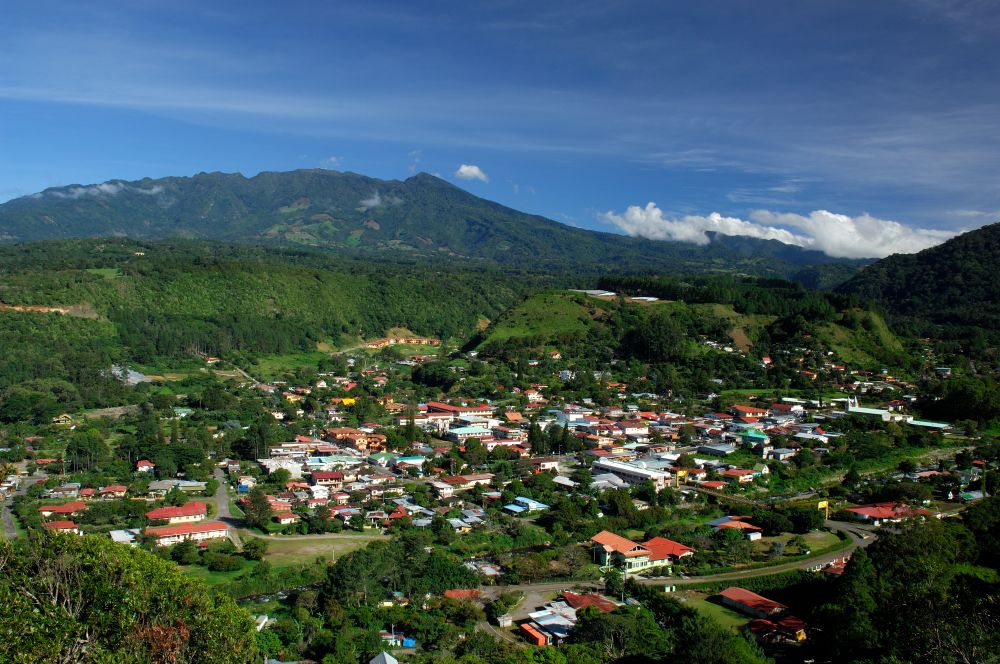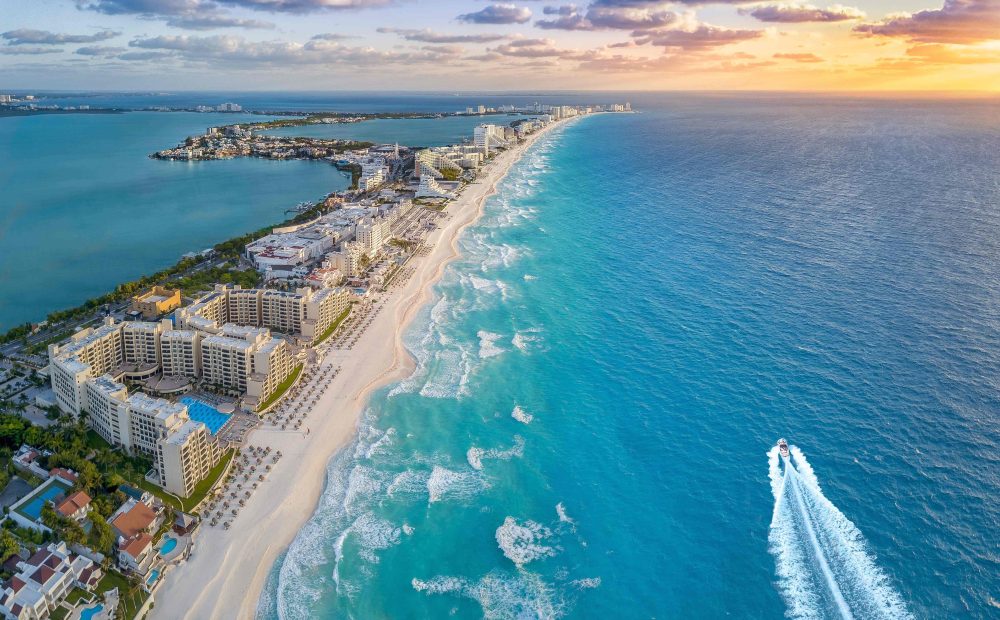Latin American tourism enters 2025 in a phase of consolidation marked by contrasts, reflecting new travel dynamics across the region. According to official reports, countries such as Brazil, Colombia
and the Dominican Republic have already exceeded their pre-pandemic levels and are posting record numbers, while others — including Bolivia, El Salvador and Guatemala — show steady progress driven by product diversification and strengthened air connectivity.
Expanding engines of growth
Brazil welcomed more than 7 million international tourists during the first three quarters of the year, an increase of over 45% compared to 2024. This momentum is being fuelled by new air routes and the hosting of major international events.
Colombia, with 3.1 million visitors between January and August (+5.3%), continues to consolidate its position in the sustainable and urban tourism segments, with Bogotá, Medellín and Cartagena among its main destinations.
In the Caribbean, the Dominican Republic reports a record 8.5 million visitors in the first nine months of the year, far surpassing pre-2019 levels. The country now aims for 12 million tourists by year-end. Its strategy to diversify into cultural and business tourism reinforces its image as a complete destination that combines leisure, heritage and major events.
New players and differentiated strategies
Mexico maintains its leadership with more than 9.55 million international visitors, while Chile posts 32% growth in the first half of the year, supported by new routes to the north and Patagonia.
In Central America, El Salvador continues to surprise: its 81% increase consolidates its status as a regional success story, thanks to an offer built around surfing, adventure and strong digital promotion.
Meanwhile, Bolivia and Uruguay are betting on more targeted strategies: the former records a 10% increase in visits to Andean and natural destinations — especially the Uyuni salt flats — while the latter is capitalizing on wellness and wine tourism, two fast-growing segments that ensure a steady flow of visitors.
Green tourism and digitalization: the new standard
Chile and Brazil are placing sustainability at the core of their development policies. The former is implementing its National Sustainable Tourism Strategy 2035 and has repeatedly been recognized as South America’s Best Green Destination at the World Travel Awards.
The latter is moving forward with its Smart Tourist Destinations program, designed to integrate municipalities based on innovation, accessibility and responsible management criteria.
These initiatives illustrate a deeper trend: regional competitiveness now depends on sustainability and digital transformation.
Beyond the figures, the region is gradually redefining its tourism narrative. Latin America is no longer presented merely as a collection of exotic destinations: it is asserting itself as a space of innovation, sustainability and cultural creativity.
Consolidation is no longer measured only by arrivals, but by the quality of experiences and the ability of countries to transform their diversity into contemporary tourism proposals.
Perhaps this is the clearest sign of the maturity that 2025 is revealing: that of a continent which, while reinventing itself, is firmly claiming its place on the global tourism stage.
Photos: Visit Brasil








